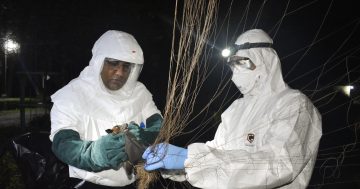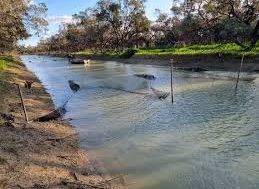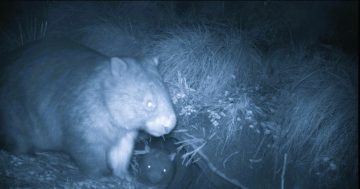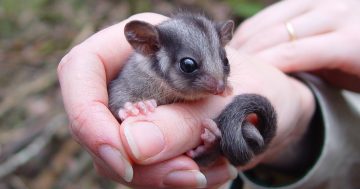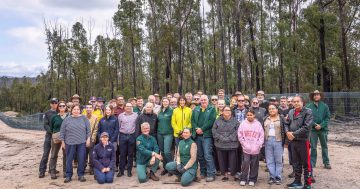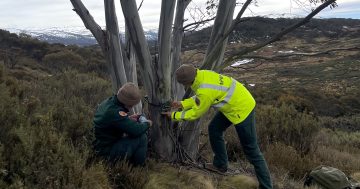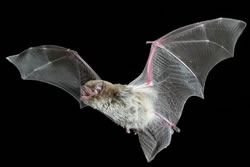 The Department for Environment and Water (DEW) has taken its bat monitoring program to a new level with the introduction of high-tech equipment to conduct the first dedicated survey of bats in Chowilla in decades.
The Department for Environment and Water (DEW) has taken its bat monitoring program to a new level with the introduction of high-tech equipment to conduct the first dedicated survey of bats in Chowilla in decades.
Ecologist at the Department, Grace Hodder said her colleagues in South Australia’s Riverland had been using this high-tech equipment to detect native bat species on the Chowilla Floodplain.
Dr Hodder said the Chowilla ecosystem was regularly monitored to inform environmental watering of the floodplain and direct water to support critical habitat for native fauna such as fish, frogs and waterbirds.
“What people might not know however is that Chowilla is also home to a diverse assemblage of bats, which comprises more than half of the native mammal species inhabiting the floodplain,” Dr Hodder said.
“The last dedicated survey for bats on Chowilla was conducted in the 1990s, so little is known about the species, how abundant they are and their habitat preferences,” she said.
She said ecologists used “Minibat Songmeter” acoustic recording devices to record bat calls at 12 sites across the floodplain, using ultrasonic sound frequencies.
“We then visually examined these recordings, known as ‘bat call sonographs’ to detect the call signatures of the different bat species – with some quite interesting results,” Dr Hodder said.
“We were able to detect 12 different bat species,” she said.
“The most commonly recorded included the Southern Free-tailed Bat, Gould’s Wattled Bat, the White-striped Free-tailed Bat and the Little Forest Bat.”
Dr Hodder said many of the species detected at Chowilla had a preference for roosting and nesting in the hollows of Redgum and other Eucalypt species which were a major focus of environmental watering efforts.
“The study therefore highlights the importance of maintaining and improving the health of Redgum and Blackbox Eucalypt woodlands on the floodplain,” she said.



